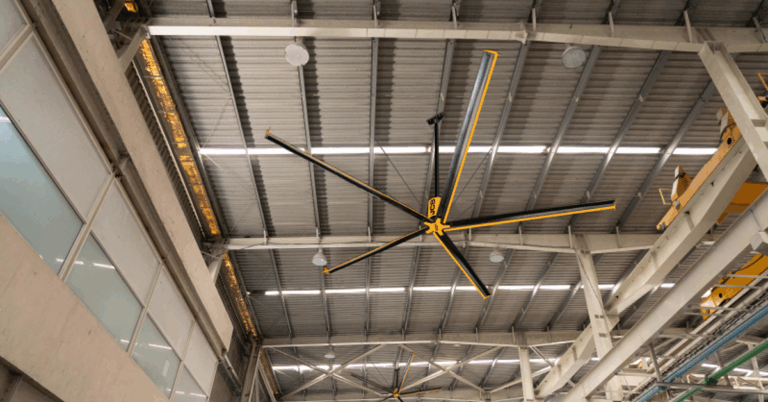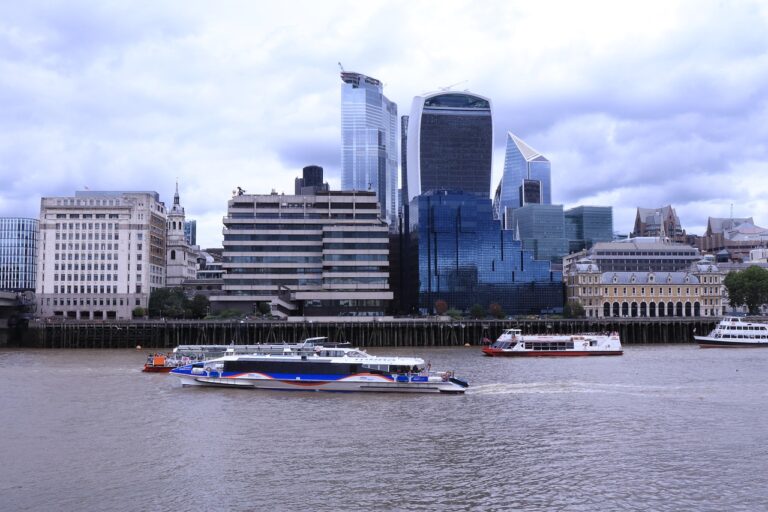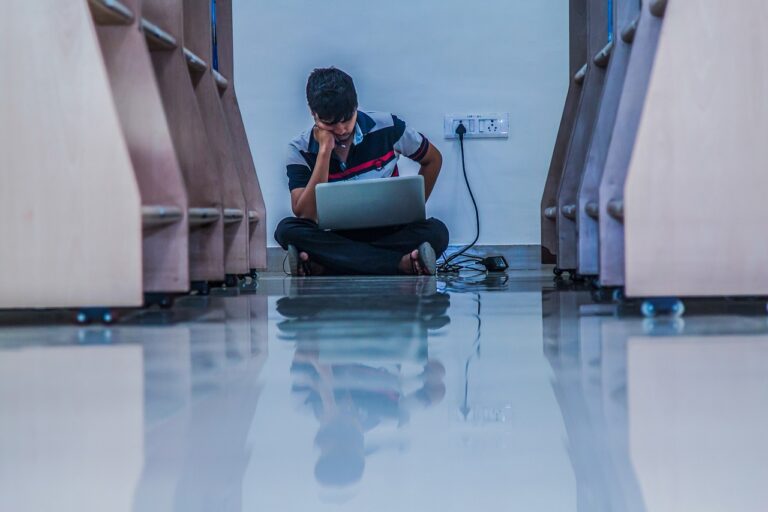Trends in Green Building: Sustainable Practices for Businesses
Sustainable building practices for businesses entail the utilization of environmentally friendly materials and resources. Companies can achieve sustainability by prioritizing energy-efficient strategies in their building design and operations. This involves incorporating renewable energy sources such as solar panels, energy-efficient lighting systems, and advanced insulation methods to reduce carbon footprint and overall energy consumption.
Water conservation is another critical aspect of sustainable building practices for businesses. Implementing water-saving fixtures and monitoring water usage can significantly reduce water waste and contribute to a more sustainable ecosystem. Additionally, businesses can explore innovative stormwater management techniques to minimize runoff and prevent contamination of natural water sources.
Benefits of Implementing Green Building Strategies
Incorporating green building strategies within commercial spaces not only reduces the environmental footprint but also positively impacts the bottom line of businesses. By utilizing sustainable materials and construction techniques, companies can lower their energy consumption and costs over the long run. This leads to significant savings on utility bills and enhances the overall economic efficiency of the building.
Moreover, green building strategies contribute to creating healthier indoor environments for employees and customers. Improved indoor air quality, ample natural lighting, and efficient waste management systems all work together to promote the well-being and productivity of occupants. By prioritizing sustainability in building practices, businesses can enhance their reputation, foster employee satisfaction, and attract environmentally-conscious consumers.
Innovative Technologies for Energy Efficiency in Buildings
The increasing emphasis on sustainability and energy efficiency has prompted businesses to explore innovative technologies for enhancing the eco-friendliness of buildings. Among these advancements are smart HVAC systems that can dynamically adjust temperature settings based on occupancy levels and external weather conditions. By optimizing heating and cooling operations, these systems help reduce energy consumption and lower utility costs for businesses while minimizing their carbon footprint.
Another cutting-edge technology gaining traction in the realm of energy efficiency is the use of building automation systems. These systems integrate various components such as lighting, heating, ventilation, and air conditioning, enabling centralized control and monitoring of energy usage. Through real-time data analytics and smart algorithms, building automation systems can identify inefficiencies and inefficiencies, allowing businesses to implement targeted solutions to optimize their energy performance and drive sustainable practices.
• Smart HVAC systems can dynamically adjust temperature settings based on occupancy levels and external weather conditions
• Optimizing heating and cooling operations helps reduce energy consumption and lower utility costs
• Building automation systems integrate various components for centralized control and monitoring of energy usage
• Real-time data analytics and smart algorithms identify inefficiencies to optimize energy performance
What are some key elements of sustainable building practices for businesses?
Some key elements include energy-efficient lighting, proper insulation, use of renewable energy sources, and smart building automation systems.
What are the benefits of implementing green building strategies?
Some benefits include reduced energy costs, improved indoor air quality, increased property value, and a positive impact on the environment.
What are some innovative technologies for energy efficiency in buildings?
Some innovative technologies include energy-efficient HVAC systems, smart thermostats, solar panels, building energy management systems, and green roofs.







